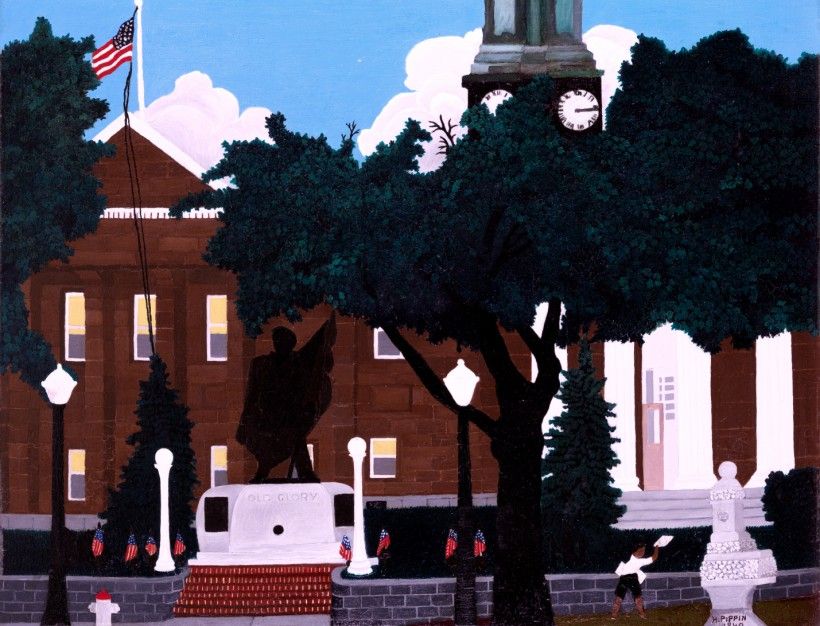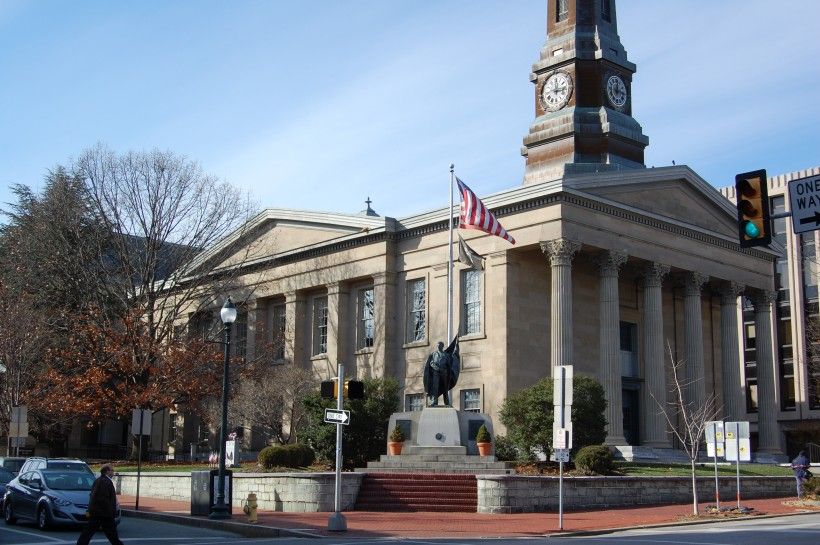Touring Pippin’s West Chester
West Chester, Pennsylvania is an unusual place.
Even with a growing population of nearly 19,000 the borough has retained a unique character, something that becomes apparent when you first visit. Architecturally, many of the historic downtown buildings stand intact, and small, local businesses still line these streets. As I discovered in my research for the guide to Pippin’s West Chester (available here), archival photography from as early as the turn of the last century depicts a town remarkably similar in appearance to today. So much so that when I set out after my research to explore the town, I was half-expecting Pippin’s painting sites to be museum displays.
Of course, people live in West Chester. But for those sites that have remained, there is often an uncanny resemblance to the painted image.
The Pippin exhibition at the Brandywine offers a rare opportunity to extend engagement with art outside of the museum space. In visiting these landmarks, the choices of the artist quickly become apparent–what was changed, what was emphasized, and more importantly, what else the artist was attempting to depict in the scene. And for Horace Pippin, an artist who claimed “I paint it exactly the way it is and exactly the way I see it.” I can think of no better way to study his work.
For more information on the exhibition, click here.

